
Breakout Boards
What is a breakout board?

The purpose of a breakout board is that it takes an electrical component, like a small sensor, and makes it easy to connect this to your Arduino, Raspberry Pi, or whatever platform you are using. Breakout boards are designed to simplify the process of prototyping with different components in your latest electronics project.
The component being connected is usually an integrated circuit (IC) – a small computer chip – which has a number of “pins” on them. These act as the connections between the chip and the rest of the system such as for power supply, ground or input and outputs. In the past ICs were large enough that you could drill a hole in the circuit board and use this to solder in a “through hole” pin which can easily be used with solderless breadboards. Over time the size of electrical components shrunk to the point were it is not practical to drill a hole in the circuit board – this has led to the rise of surface mount devices (SMDs). The ICs in these devices can no longer be used directly with solderless breadboards – breakout boards “break out” the conductors from the SMD onto a printed circuit board which can be easily be clipped into a breadboard again.
A comparable product is an Arduino shield which also allows simplifies the process of connecting new components to the main development platform. One advantage of breakout boards are that they tend to be smaller with the printed circuit board often being of a similar size to the IC. The main benefit is that breakout boards are not designed for use with any particular platform and are compatible with most micro-controller development boards – giving you more flexibility when you are experimenting with different setups.
- Product
- Qty in Cart
- Quantity
- Price
- Subtotal
-
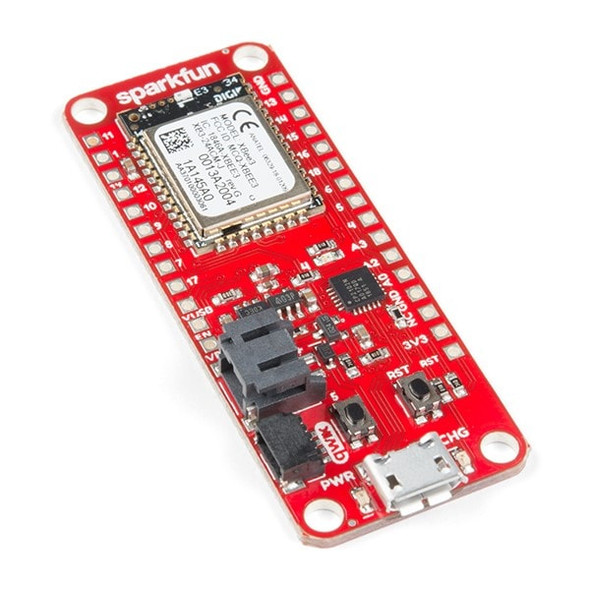

Thing Plus - XBee3 Micro (with Chip Antenna)
Sparkfun
£60.00Thing Plus - XBee3 Micro (with Chip Antenna) - Sparkfun WRL-15454 The XBee3 Thing Plus is an ultra-capable and easy way for getting into wireless device development. The combination of XBee and Qwiic in a space-conscious design represents a much-needed...£60.00 -

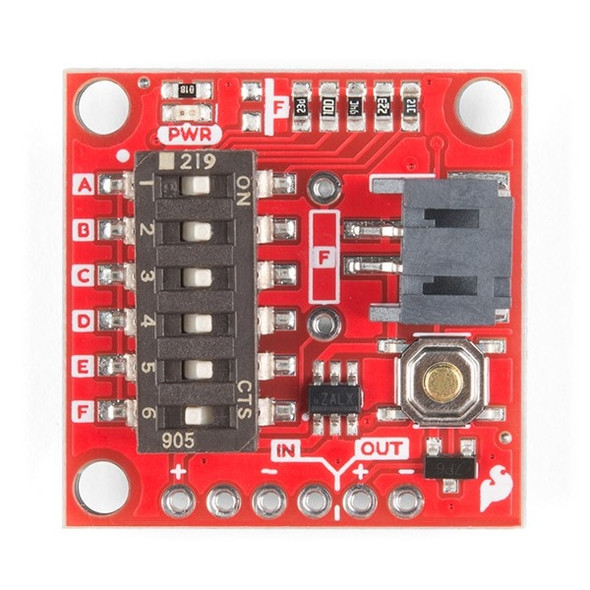
Nano Power Timer - TPL5110 (PRT-15353)
Sparkfun
£7.00Nano Power Timer - TPL5110 - Sparkfun PRT-15353 Sometimes we want our projects on, but sometimes we want to turn them off for a while to save power. The SparkFun Nano Power Timer will run while only consuming minimal power (approximately 35nA) and turn...£7.00Qty in Cart: 0Price:£7.00Subtotal: -

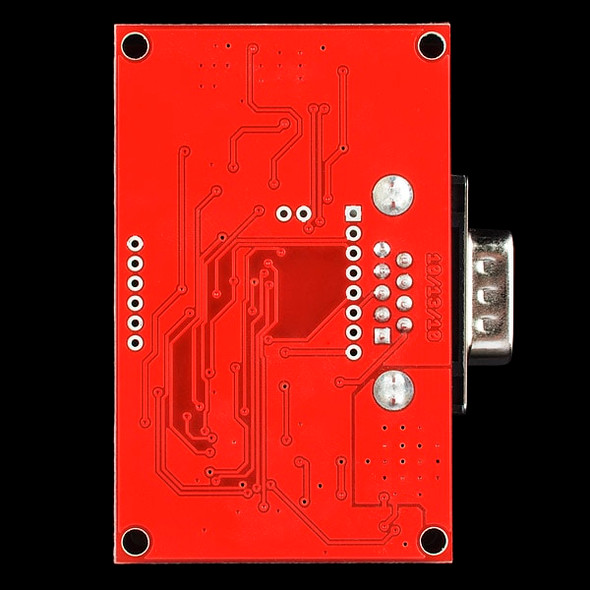
OBD-II UART (WIG-09555)
Sparkfun
£56.95OBD-II UART - SparkFun WIG-09555 This board allows you to interface with your car’s OBD-II bus. It provides you a serial interface using the ELM327 command set and supports all major OBD-II standards such as CAN and JBUS. The board also provides a...£56.95Qty in Cart: 0Price:£56.95Subtotal: -


Step-Up Voltage Regulator 3.3V - U1V11F3
Pololu
£14.50Step-Up Voltage Regulator 3.3V - U1V11F3 - Pololu 2561 This 3.3 V boost (step-up) voltage regulator generates higher output voltages from input voltages as low as 0.5 V, and it also automatically switches to a linear down-regulation mode when the input...£14.50 -

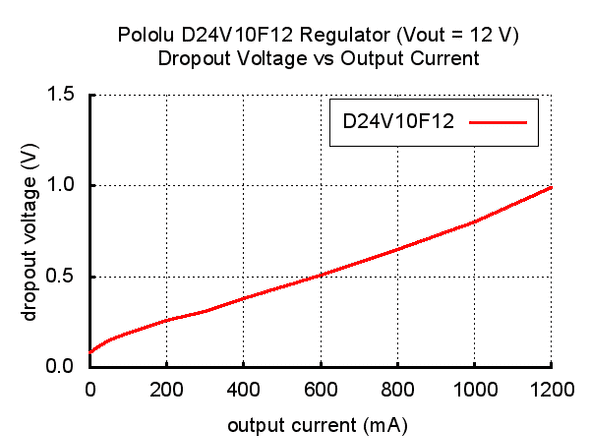
12V, 1A Step-Down Voltage Regulator D24V10F12
Proto-PIC
£9.50Schematic diagram for the Pololu D24V10Fx family of 1 A step-down voltage regulators The D24V10Fx family of step-down voltage regulators features the Intersil ISL85410 1A synchronous buck regulator and generates lower output voltages from input...£9.50 -
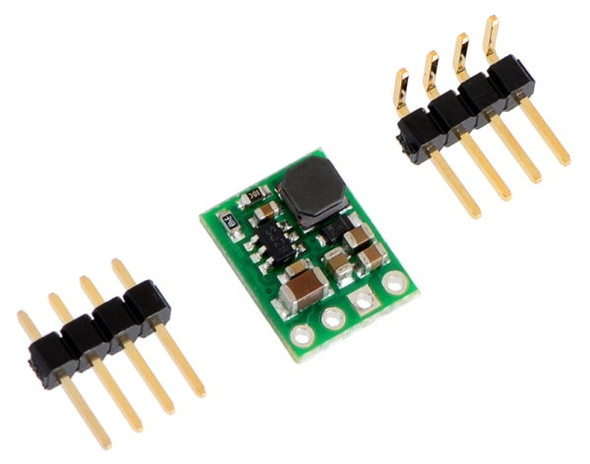

Step-Down Voltage Regulator 3.3V, 300mA - D24V3F3
Pololu
£7.80Step-Down Voltage Regulator 3.3V, 300mA - Pololu 2097 This compact (0.4″ × 0.5″) D24V3F3 switching step-down (or buck) voltage regulator takes an input voltage between 4.3 V and 42 V and efficiently reduces it to 3.3 V while...£7.80Qty in Cart: 0Price:£7.80Subtotal: -
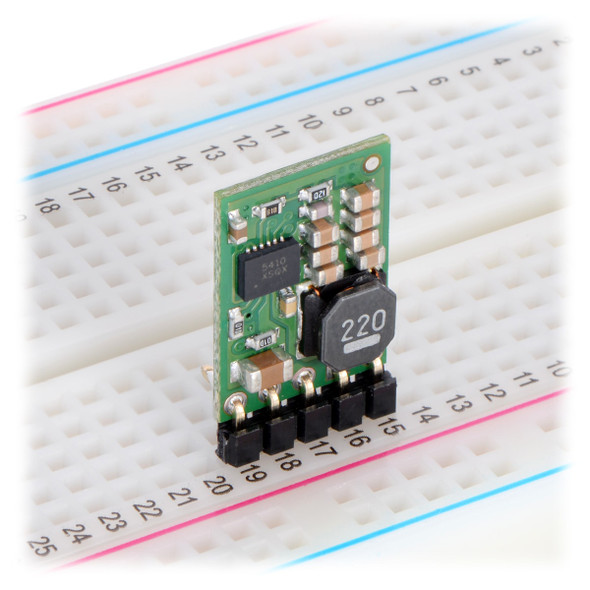

Step-Down Voltage Regulator 5V, 1A - D24V10F5
Pololu
£6.50Step-Down Voltage Regulator 5V, 1A - Pololu 2831 The D24V10Fx family of step-down voltage regulators features the Intersil ISL85410 1A synchronous buck regulator and generates lower output voltages from input voltages as high as 36 V. They are switching...£6.50Qty in Cart: 0Price:£6.50Subtotal: -
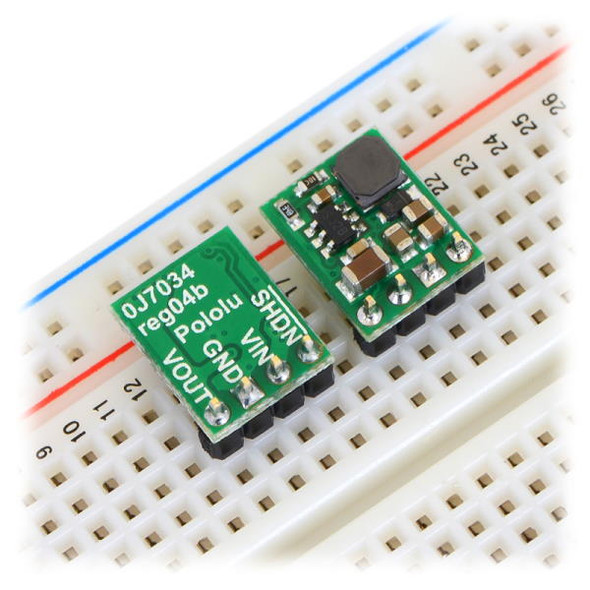

5V, 300mA Step-Down Voltage Regulator D24V3F5
Pololu
£8.505V, 300mA Step-Down Voltage Regulator D24V3F5 - Pololu 2098 The compact D24V3F5 switching step-down (or buck) voltage regulator takes an input voltage between 7 V and 42 V and efficiently reduces it to 5 V while allowing for a maximum output current...£8.50 -


Step-Down Voltage Regulator 6V, 2.5A - D24V25F6
Pololu
£24.00Step-Down Voltage Regulator 6V, 2.5A - Pololu 2852 The D24V25Fx family of step-down voltage regulators generates lower output voltages from input voltages as high as 38 V. They are switching regulators (also called switched-mode power supplies (SMPS) or...£24.00 -
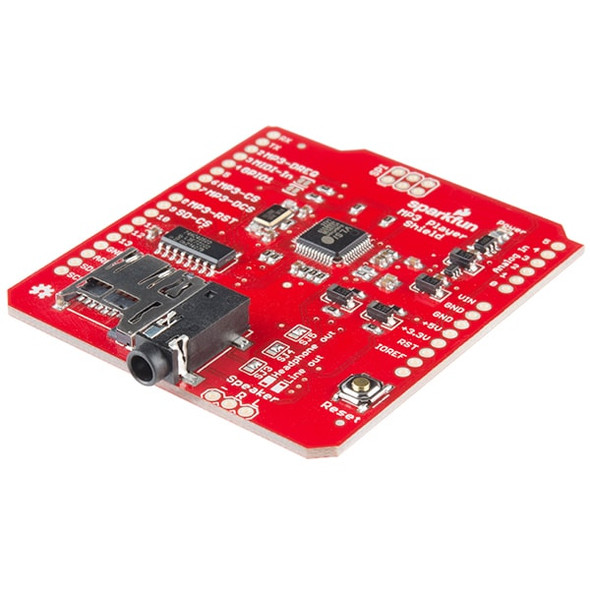

MP3 Player Arduino Shield (DEV-12660)
Sparkfun
£30.00MP3 Player Arduino Shield - Sparkfun DEV-12660 The SparkFun MP3 Player Shield is an awesome MP3 decoder with the capabilities of storing music files onto a run-of-the-mill microSD card, thus giving you the ability to add music or sound effects to any...£30.00 -
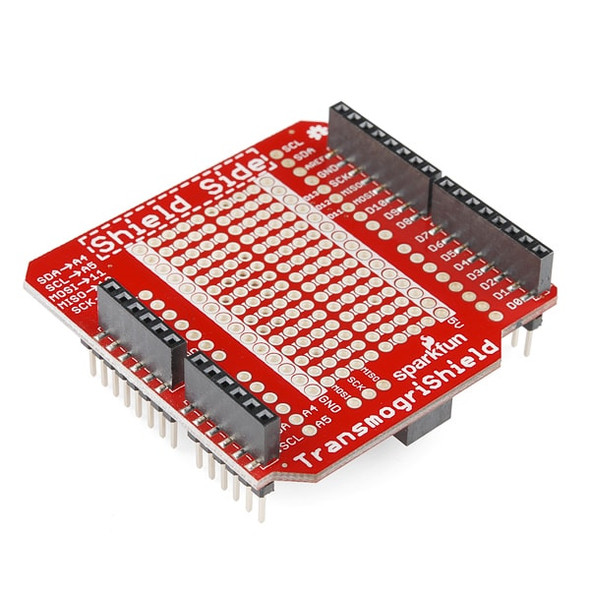

TransmogriShield (DEV-11469)
Sparkfun
£12.00TransmogriShield (DEV-11469) The Arduino Leonardo arrived on the scene to great applause. This was followed by the creeping realization that, because of the new microcontroller, all of our favorite SPI or I2C-based Arduino shields would be incompatible...£12.00 -

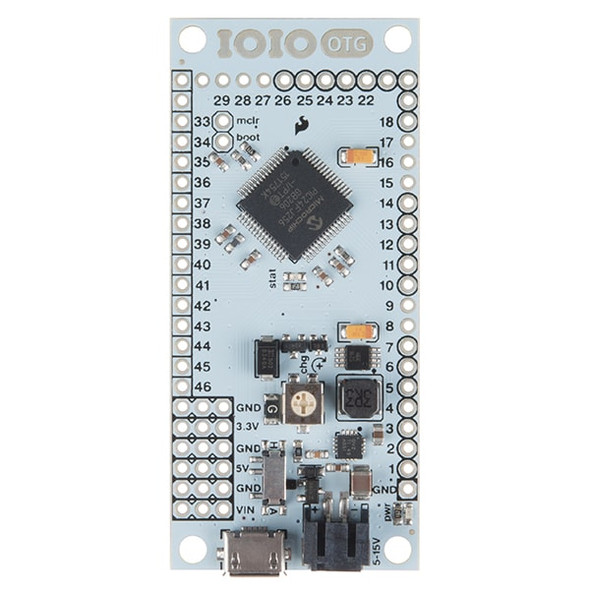
IOIO-OTG (SparkFun DEV-13613)
Sparkfun
£44.00IOIO-OTG - v2.2 SparkFun DEV-13613 Are you a Java developer looking to add advanced hardware I/O capabilities to your Android or PC application? Well then the IOIO-OTG is for you! The IOIO-OTG (pronounced yo-yo-O-T-G ) is a development board...£44.00
